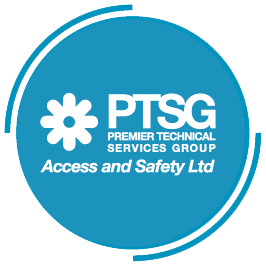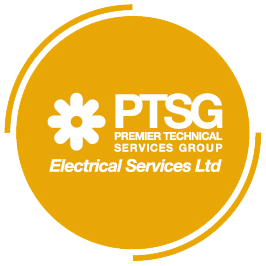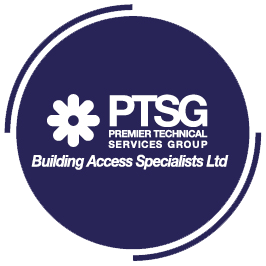Anchor points on building roofs are critical components of fall protection systems. They are designed to secure personal protective equipment (PPE) such as lifelines, lanyards, or harnesses, preventing falls from heights and ensuring the safety of workers who perform tasks on rooftops or elevated surfaces.
Anchor points should be installed by qualified professionals who understand the structural requirements of the building and the specific anchor point design. PTSG is one of the industry leaders, whose expertise is backed up by a wealth of industry experience.
Below is a brief guide to installation of anchor points.
- It is imperative to ensure the design, installation, and use of anchor points comply with local regulations, building codes, and occupational safety standards.
- Conduct a thorough site assessment to determine the optimal locations for anchor points based on the specific tasks to be performed on the roof.
- Anchor points should be engineered and designed by qualified professionals to withstand the expected loads and forces in the event of a fall.
- Select the appropriate type of anchor points based on the specific application and requirements. Common types include:
- Fixed Anchors: Permanent anchor points attached directly to the building structure.
- Temporary Anchors: Portable or removable anchor points used for specific tasks.
- Roof-Mounted Anchors: Designed for attachment to the roof structure.
- Parapet Wall Anchors: Attachable to parapet walls for fall protection.
- Anchor points should be made of durable materials capable of withstanding environmental conditions (e.g., weather, corrosion). They should also have sufficient strength to support the intended load.
- Consider the spacing and layout of anchor points to ensure complete coverage and flexibility for workers to move around the roof safely.
- Anchor points should have a specified load capacity that meets or exceeds the expected loads during use. This information should be clearly documented.
- Ensure that anchor points are compatible with the types of personal protective equipment (PPE) used, including harnesses, lanyards, and self-retracting lifelines.
- Provide training to workers on the proper use of anchor points and associated fall protection equipment.
- Workers should understand how to inspect equipment before use and be familiar with emergency procedures.
- Maintain records of anchor point installations, inspections, and any maintenance performed.
- Document any changes or modifications made to the fall protection system.
- Different roof types (flat, sloped, metal, etc.) may require different types of anchor points. Ensure that the anchor points are suitable for the specific roof structure.
Following installation, it is of crucial importance that anchor points are regularly inspected for signs of wear, damage or corrosion. Routine maintenance should be performed by a qualified and experienced professional to ensure they remain in first-class condition. PTSG Access & Safety Ltd is the original business division of the Group, employing some of the industry’s most experienced and respected practitioners.
Free consultation








